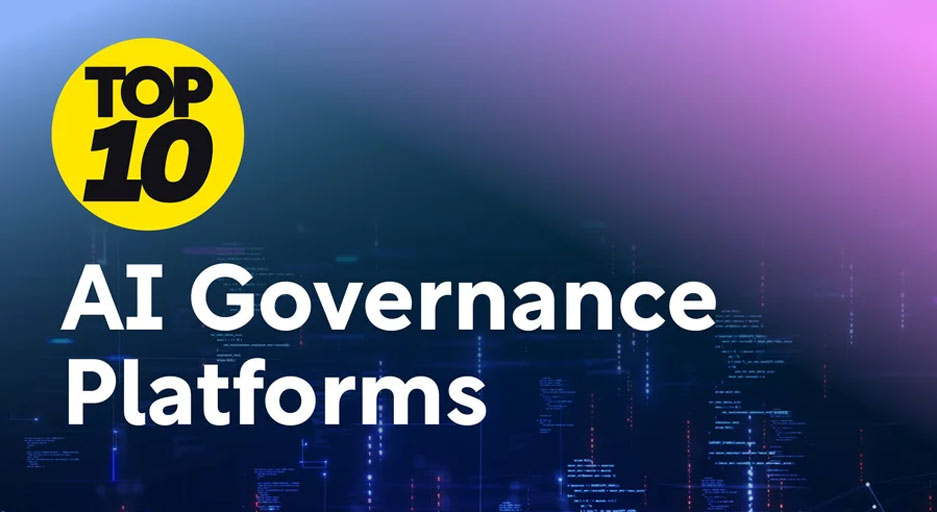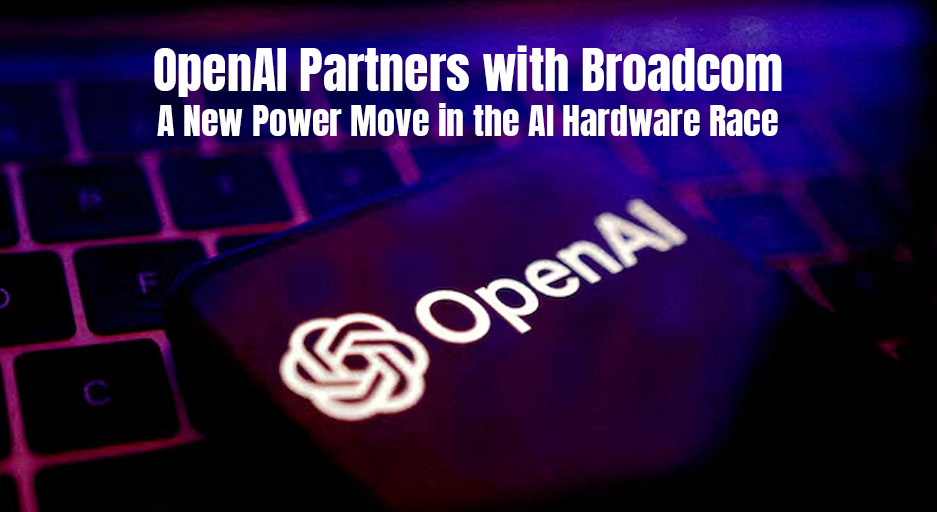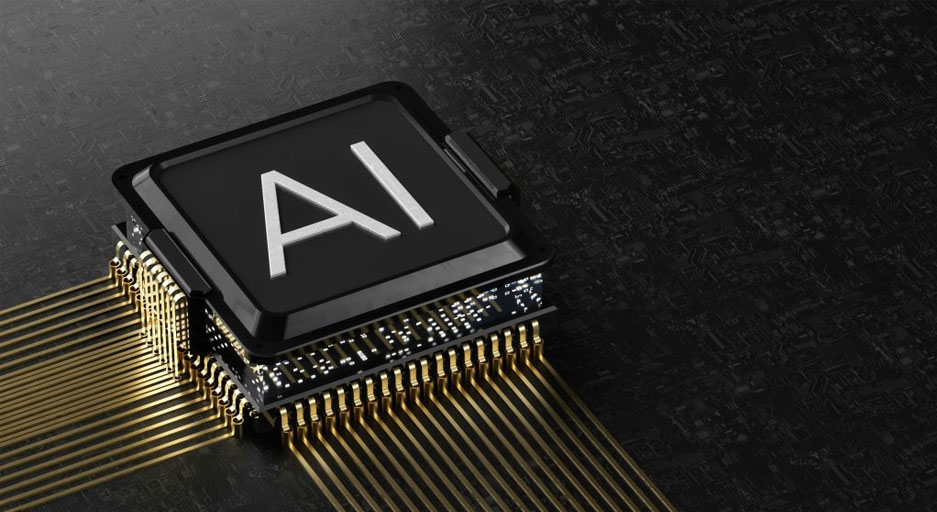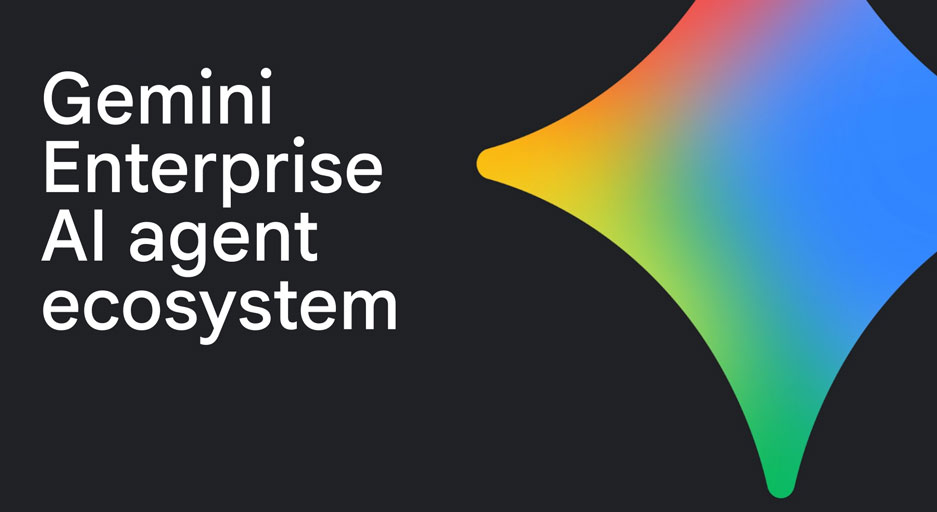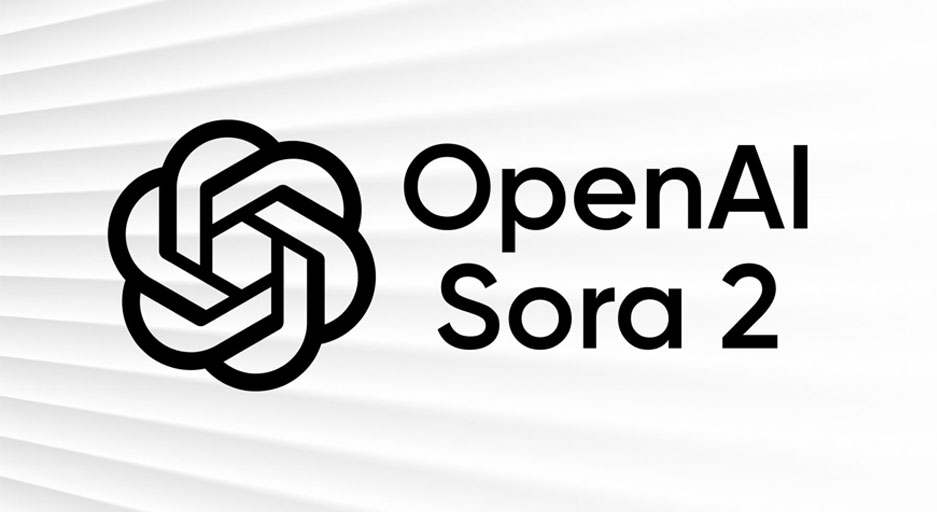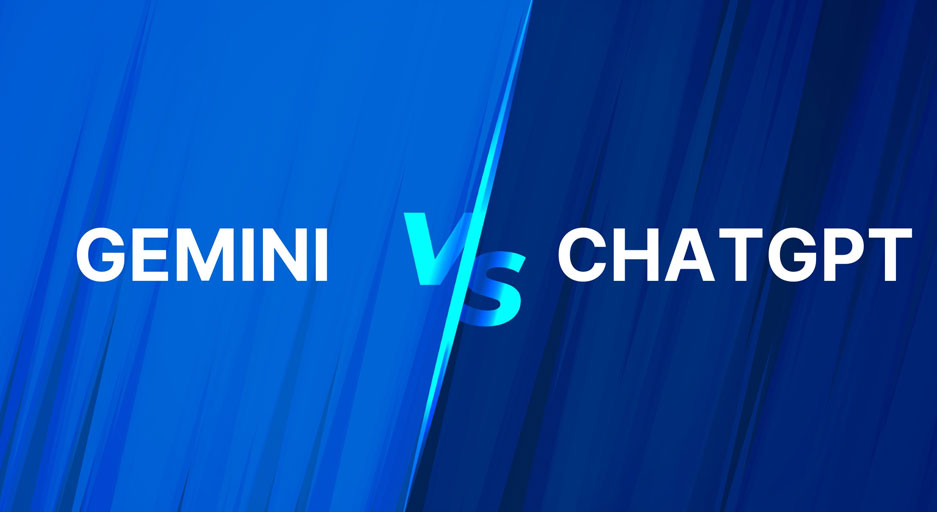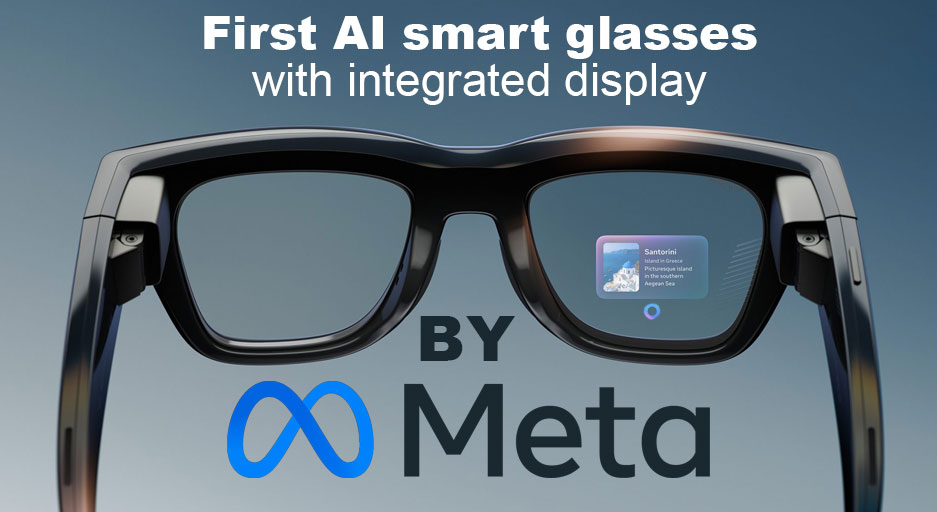The Illusion of “Free”: Why Open-Source AI Remains Inaccessible to Many
Open-source AI projects, offering powerful models like Meta’s Llama, Stability AI’s Stable Diffusion, and Mistral’s innovations, promise a world where cutting-edge artificial intelligence is freely available to all. Developers can download the code, experiment, and build without licensing fees, theoretically leveling the playing field between tech giants and independent innovators. However, beneath this veneer of “openness” lies a complex reality: for most people, true access to open-source AI remains elusive.
The challenges are multifaceted, encompassing prohibitive hardware costs, profound global inequities, and significant knowledge barriers.
The Elephant in the Room: Hardware Isn’t Free
The most immediate hurdle to harnessing open-source AI is the formidable hardware barrier. As Dr. Saffron Huang from Cambridge University highlights, running sophisticated models like Stable Diffusion for computer vision research demands an eye-watering setup. Her custom rig, featuring eight NVIDIA RTX 4090 GPUs, exceeds £20,000. “There’s a profound irony here,” she observes. “The code is freely available, yet the computational resources needed to train, fine-tune, or sometimes even run these models create a new technological aristocracy.”
This gap widens exponentially when considering the training of colossal models. Meta’s Llama 3, with its 70 billion parameters, required thousands of GPUs running continuously for months. The sheer electricity bill for such an undertaking would cripple most small businesses or independent researchers, making participation in the “frontier” of AI development practically impossible.
Dr. Jakob Uszkoreit, co-founder of Inceptive, aptly describes this emerging dichotomy: “We’re witnessing a bifurcation of the AI community. On one side, you have organisations with access to vast computational resources who can advance the frontier; on the other, you have everyone else who must adapt pre-trained models in severe computational constraints.”
Beyond financial strain, the environmental cost of AI compute is another escalating concern. Training a single large model can generate as much carbon as five cars over their entire lifetime, adding a new layer of gatekeeping that disproportionately affects climate-vulnerable and less affluent regions.
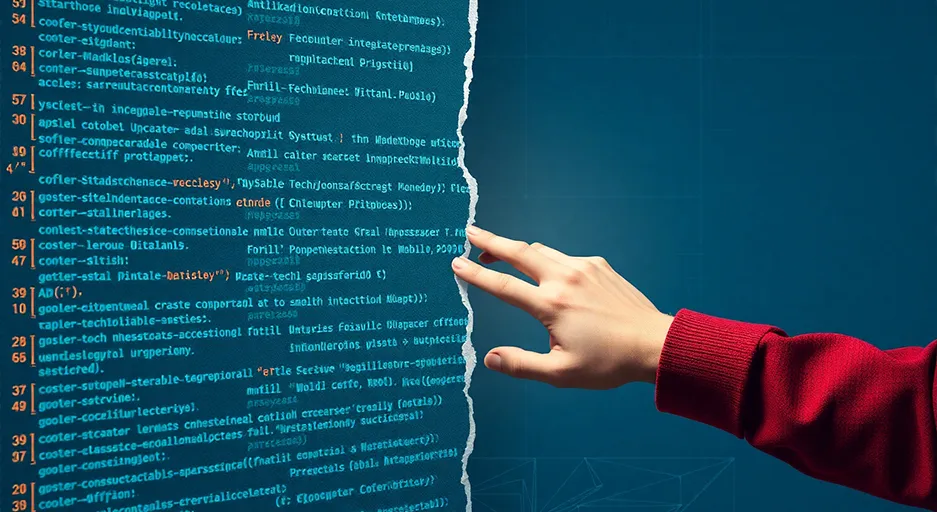
The Global Digital Divide: A Geographical Chasm
The hardware problem is starkest when viewed through a global lens. In many parts of the Global South, consistent access to powerful GPUs and reliable, high-speed internet is severely limited. This disparity has led Dr. Timnit Gebru to label the trend as “algorithmic colonialism.”
Chioma Onyekwere, a software engineer in Nigeria, vividly illustrates this struggle. While attempting to build a diagnostic tool with open-source AI, she contends with frequent power outages. “The irony isn’t lost on me,” she states. “The technologies could theoretically benefit under-served communities most, yet we face insurmountable barriers to implementation.”
According to ITU data, only 40% of people in Africa have reliable internet access, and even fewer possess the bandwidth and stability required to download and run massive AI models. Compounding this, cryptocurrency mining booms and persistent supply chain disruptions have further inflated GPU prices and reduced availability. Even with cloud providers like AWS and Google Cloud expanding data centers, many regions still experience latency issues that render real-time AI applications impractical. “It’s a kind of digital redlining,” asserts Dr. Rumman Chowdhury. “Open-source AI has unintentionally created a two-tier system of access that reinforces existing global inequities.”
The Skills Wall: Beyond Free Code
Even assuming access to robust internet and hardware, a significant barrier remains: specialized technical knowledge. Utilizing many open-source AI models demands a deep understanding of machine learning principles, complex programming languages, and intricate model architectures. While platforms like Hugging Face offer tools to streamline the process, the cognitive load remains immense.
Dr. Charles Sutton from the University of Edinburgh notes, “Even with streamlined interfaces, you’re still dealing with complex hyperparameter optimisation, training dynamics, and model architecture decisions that require years of specialised education.” Unsurprisingly, GitHub data indicates that most contributors to open-source AI projects hold advanced degrees.
“We must acknowledge that ‘open’ doesn’t automatically mean ‘accessible,'” emphasizes Dr. Juliana Peña of the Mozilla Foundation. “When access requires advanced mathematical knowledge or programming skills, we’re still maintaining exclusivity – just through different means.” While free online courses exist, many presuppose prior coding knowledge and, critically, require consistent internet access themselves.
Paths Towards Genuine Openness: Emerging Solutions
Addressing these systemic issues requires a multi-pronged approach:
- Shared Compute Infrastructures: Initiatives like Berlin’s EleutherCollective, which runs a democratically governed GPU cluster for artists and researchers, offer a promising model. “We’re attempting to re-imagine the relationship between communities and computing power,” says co-founder Frieda Schmidt. Similar projects include SuperComputing Commons in Barcelona and the Computational Democracy Project in Seoul, often prioritizing socially impactful applications. As economist Dr. Kate Raworth suggests, “Compute cooperatives represent a middle path between market-driven exclusivity and purely state-controlled infrastructure.” However, their long-term viability hinges on stable funding and technical support.
- Open Inference and API Access: Services like Together.ai and Hugging Face enable developers to run models remotely via APIs, effectively separating “model ownership from model utility.” Hugging Face CEO Clément Delangue states, “Anyone with an internet connection can now use state-of-the-art AI through simple API calls, irrespective of their hardware constraints.” While this has empowered developers in low-resource areas (e.g., translation tools in Mongolia, farming apps in India), it still grapples with connectivity issues, usage caps, and the fundamental question of shifting from hardware dependency to service dependency.
- Government Initiatives: Some governments are stepping up. The EU’s €2.5 billion investment in compute infrastructure and Canada’s national AI plan, which funds public compute at large institutions, are notable examples. Dr. Yoshua Bengio advocates for treating public computing infrastructure as “essential as public libraries,” calling for a “fundamental shift in how we conceptualise access to computational resources.” While these efforts are vital, smaller groups often face hurdles in qualifying for support due to complex application processes.
- “Frugal AI” and Smaller Models: A promising research direction focuses on designing more efficient, smaller models. Dr. Laura Montoya at UCL champion this ‘frugal AI’ approach. “We’re challenging the assumption that bigger is always better,” she explains. Techniques like quantisation, pruning, and distillation help shrink models while retaining performance, allowing models like Mistral 7B and Microsoft’s Phi-2 to run effectively on lower-end systems. As Dr. Yann LeCun posits, “The future of accessible AI doesn’t just lie in distributing compute more equitably, but in fundamentally rethinking our approach to model design.”
- Addressing Data Accessibility: Even with open models, access to diverse, high-quality training data remains a bottleneck. Much existing data is English-centric or reflects Western biases, and acquiring high-quality, ethically sourced data is costly. Initiatives like Mozilla’s Common Voice and the Masakhane projects, which crowdsource speech data and language resources, are critical steps towards creating “data commons” that complement open-source models.

Towards a Truly Open AI Future
Ultimately, the democratisation of AI is as much a socio-political challenge as it is a technical one. It demands a fundamental re-evaluation of our relationship with technology, challenging existing assumptions about ownership, access, and governance. Companies releasing open-source models must go beyond just code and actively contribute to bridging the compute gap through initiatives like GPU grants and cloud credits, as exemplified by Stability AI.
Education also plays a pivotal role, requiring accessible learning pathways outside traditional academic institutions. As Dr. Deb Raji eloquently puts it, “The decisions we make now about accessibility and infrastructure will determine whether open-source AI fulfils its democratising potential or merely reproduces existing power dynamics in new forms.”
For open-source AI to truly live up to its name, a concerted effort across technical innovation, community cooperation, and public policy is essential. Only then can its transformative potential become genuinely accessible to all.
About the author : koosha Mostofi
I’m Koosha Mostofi — a multidisciplinary media creator, full-stack developer, and automation engineer, currently based in Tbilisi, Georgia. With more than two decades of professional experience, I’ve been fortunate to work at the crossroads of technology and creativity, delivering real-world solutions that are both visually engaging and technically robust.



